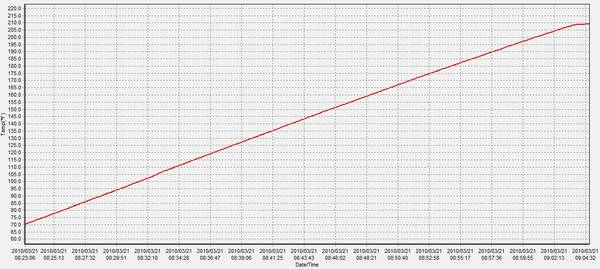I am starting to amass parts to build an electric keggle and am having a difficult time choosing an element. First some basics about the project: I live in an apartment that only has 120V available, but I have outlets on two 20A circuits within 6 ft of each other; I want to do 5 gallon batches; eventually, I will add a PID, SSR etc.
So here is my dilemma: if I use two 1500W elements (which are widely available in low/ultra-low density), boil will be achieved quite slowly. On the other hand, if I use two 2000W elements (which seem to be only available in high density), I risk scorching the wort.
Oh wise brewers, which elements should I use?
So here is my dilemma: if I use two 1500W elements (which are widely available in low/ultra-low density), boil will be achieved quite slowly. On the other hand, if I use two 2000W elements (which seem to be only available in high density), I risk scorching the wort.
Oh wise brewers, which elements should I use?







![Craft A Brew - Safale S-04 Dry Yeast - Fermentis - English Ale Dry Yeast - For English and American Ales and Hard Apple Ciders - Ingredients for Home Brewing - Beer Making Supplies - [1 Pack]](https://m.media-amazon.com/images/I/41fVGNh6JfL._SL500_.jpg)




















































